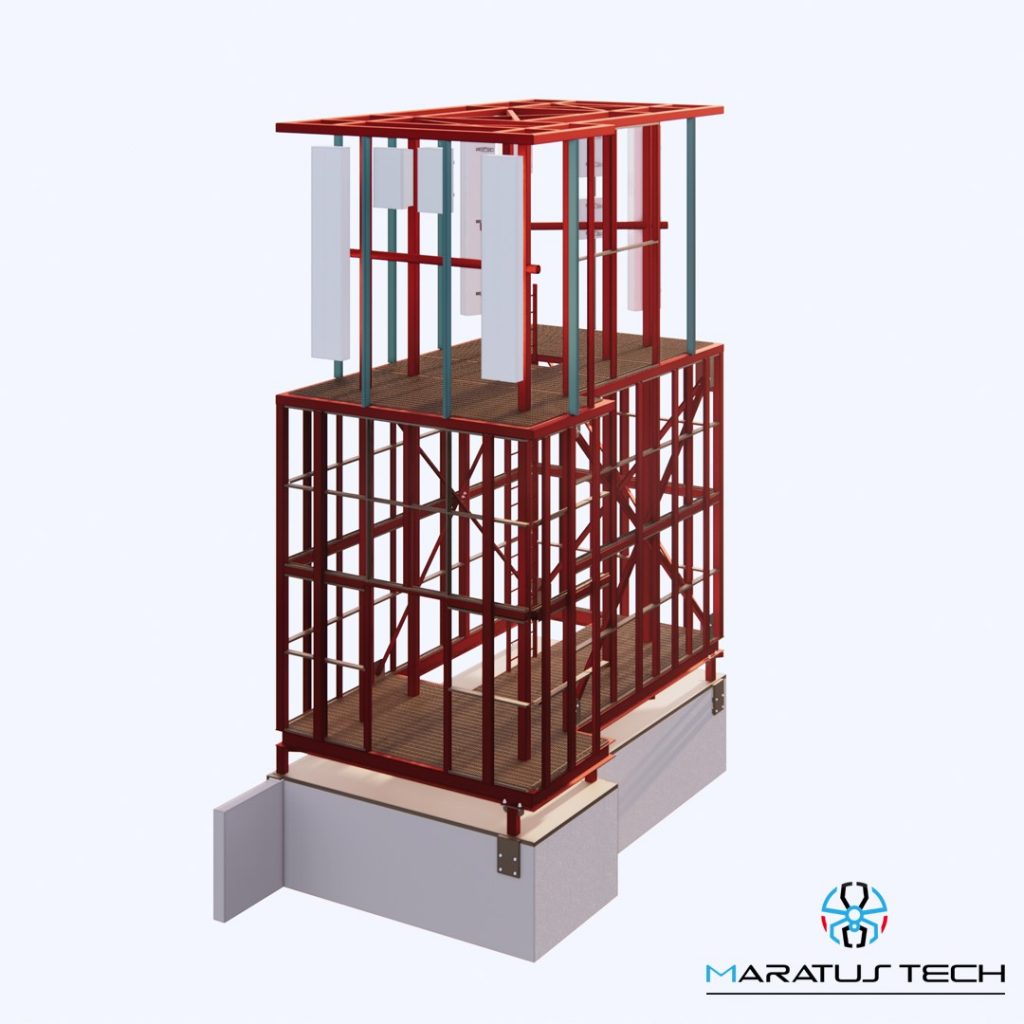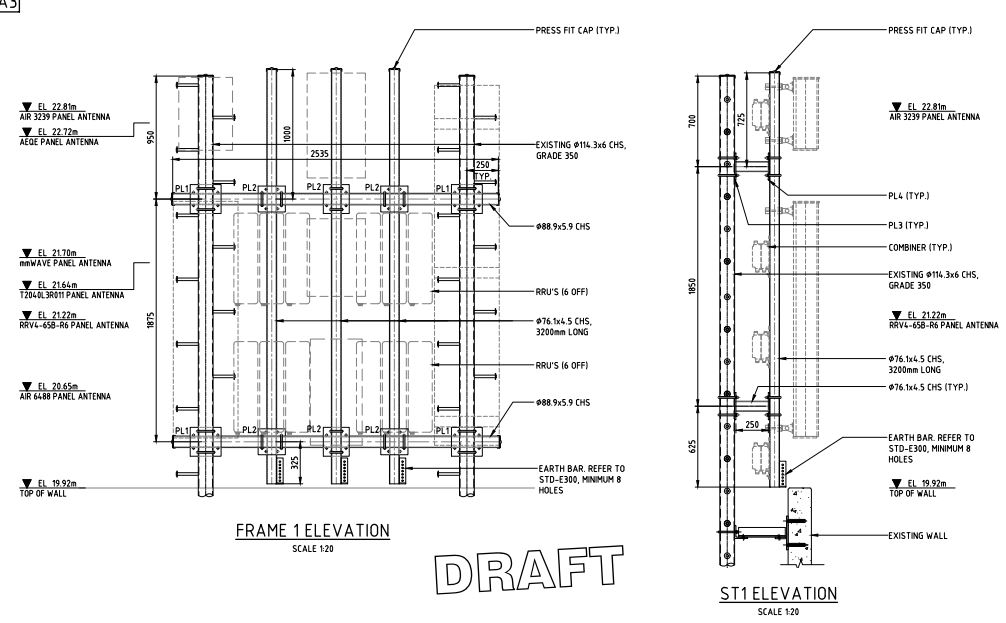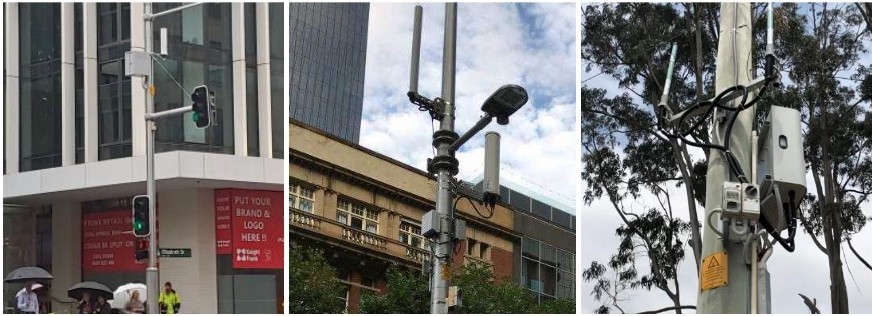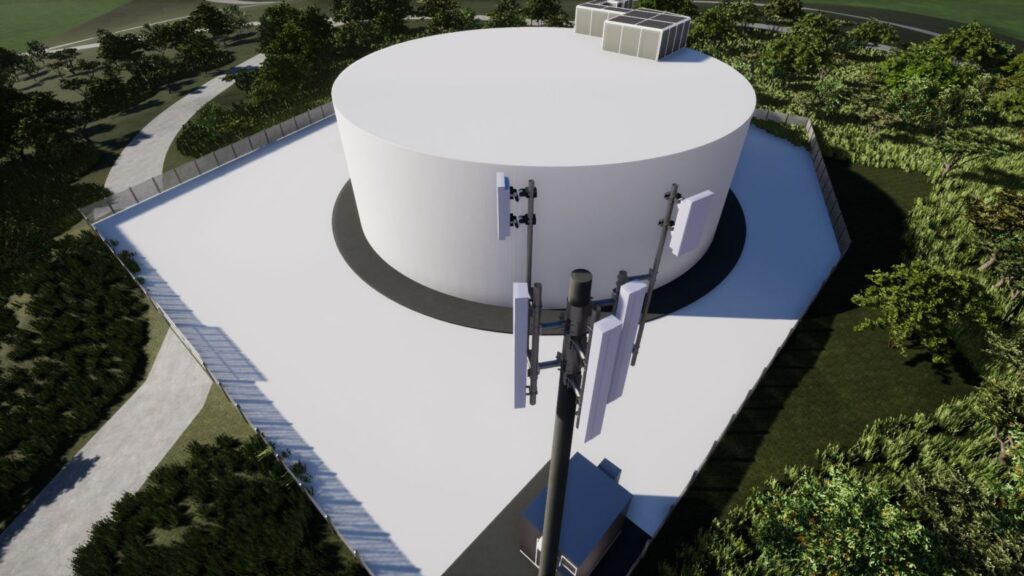BIM, or Building Information Modeling, is a process that involves creating a digital representation of a building or infrastructure project. While BIM is typically associated with the construction industry, it can also be applied to other industries such as telecommunications.
In the context of the telecommunications industry, BIM can be used to design and plan the installation of telecom networks, including fiber optic cables, cell towers, and other components. By creating a digital model of the proposed network, planners can more easily visualize and optimize the layout of the system, identifying potential issues before construction begins.
BIM can also be used throughout the lifecycle of a telecom network, from initial planning through maintenance and upgrades. For example, BIM models can be used to help technicians locate and diagnose issues in the network, reducing downtime and improving overall service reliability.
Overall, BIM has the potential to greatly improve the efficiency and effectiveness of telecom network design and management, ultimately providing better service to customers.













